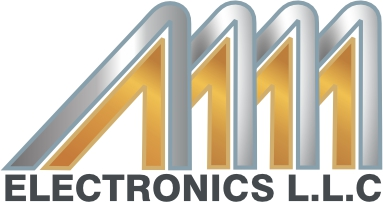Light meter
Sort by
Brands
Filter by price
EXTECH SDL470 UVA/UVC Light Meter Datalogger
In stock
HIOKI LUX METER FT3424
In stock
EXTECH SDL400 Light Meter Datalogger
In stock
EXTECH LT45 Color LED Light Meter
In stock
Fluke 941 Light Meter
In stock
EXTECH 407026 Heavy Duty Light Meter with PC Interface
In stock
Kyoritsu Light Meter KEW 5204
In stock
No subcategories found.
A light meter is a device used to measure the intensity of light, typically in photography and cinematography, as well as in various fields of science and industry. It quantifies the amount of light in a specific area at a particular moment in time. Light meters are crucial for determining the correct exposure settings in photography, ensuring that images are neither too bright nor too dark. They can also be used in workplaces to verify compliance with health and safety regulations concerning appropriate lighting levels.
Types of Light Meters:
- Incident Light Meters: Measure the light falling onto the subject. They are held close to the subject and pointed towards the light source. Incident meters are particularly useful in photography to determine the optimal exposure for the subject without interference from the subject’s color or reflectivity.
- Reflected Light Meters: Measure the light reflecting off the subject. This is the type of metering used by most cameras’ built-in light meters. It can be influenced by the subject’s color and reflectivity, which might skew the exposure settings if not compensated for correctly.
- Spot Meters: Measure the light from a small portion of the scene. These are highly precise and are used to measure specific points in a scene, helping photographers and cinematographers to achieve a more balanced exposure across the frame.
Applications of Light Meters:
- Photography and Cinematography: To adjust camera settings like shutter speed, aperture, and ISO for optimal exposure.
- Agriculture: To monitor light levels that affect plant growth in greenhouses.
- Office and Industrial Settings: To ensure sufficient lighting for health and safety compliance.
- Museum Lighting: To control light levels to prevent damage to light-sensitive artifacts.
Benefits of Using Light Meters:
- Accuracy in Exposure: Ensures that photographs and films are exposed correctly, enhancing the quality of the output.
- Control Over Lighting: Helps in creating visual effects and moods by providing precise control over lighting for photographers and filmmakers.
- Prevention of Health Issues: In industrial environments, proper lighting can prevent eye strain and improve overall workplace safety.
Light meters come in various models, from simple, manual devices to sophisticated digital meters with advanced features like memory and analysis capabilities. Their use is indispensable in any field where light plays a crucial role in the outcome of tasks and processes.

